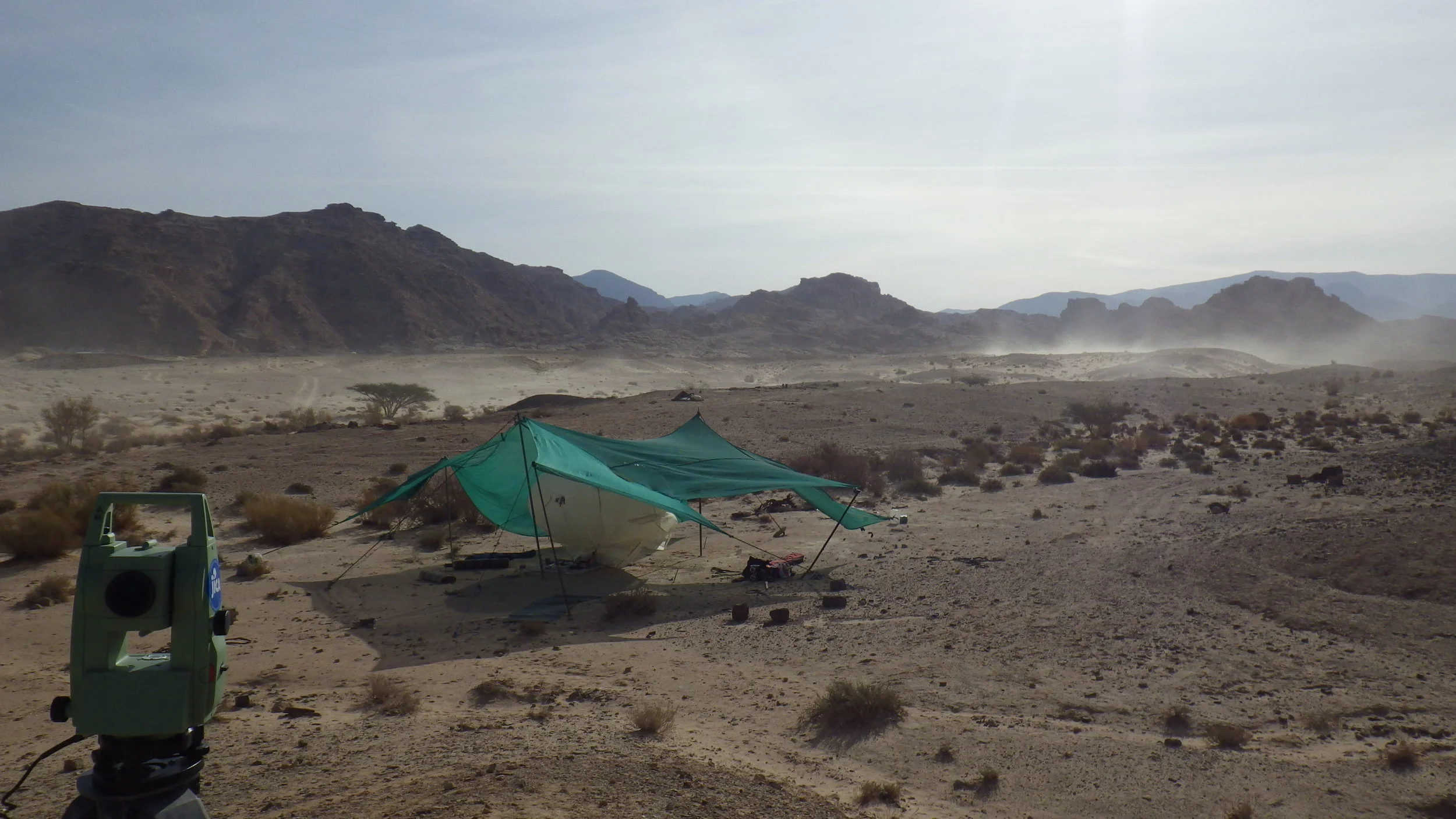Sugar Production in the Levant
One of my ongoing projects is an investigation of published and unpublished evidence for medieval sugar production in the Levant. This project began with an ECA Junior Research Fellowship at the W. F. Albright Institute of Archaeological Research in Jerusalem in 2018 and is ongoing. The two primary components are currently a gazetteer of sites related to sugar production in the southern Levant and a reanalysis of the excavations at Yesud HaMa‘ala.
Gazetteer of Sugar Production Sites in the Southern Levant
As part of my dissertation research and an ECA Junior Research Fellowship at the Albright Institute of Archaeological Research (AIAR), I compiled a gazetteer of sites related to sugar production in the southern Levant. The gazetteer currently has ca. 100 entries and continues to expand, with the ultimate goal of this project being to make the gazetteer freely available on this site (construction ongoing).
Yesud HaMa‘ala
As part of my ECA Junior Research Fellowship at the AIAR in 2018, I reanalyzed the finds from the 1982-1983 excavations at Yesud HaMa‘ala in the Hula Valley, stored at the Nelson Glueck School of Biblical Archaeology at Hebrew Union College in Jerusalem. The previously published material from the site indicated sugar production primarily during the Late Crusader period, or the early 13th century AD (as well as limited evidence of a Late Antique synagogue). Reanalysis showed that sugar production began in the early 13th century but continued into the Mamluk period, and also provided evidence for later occupation at the site after sugar production had ceased.


